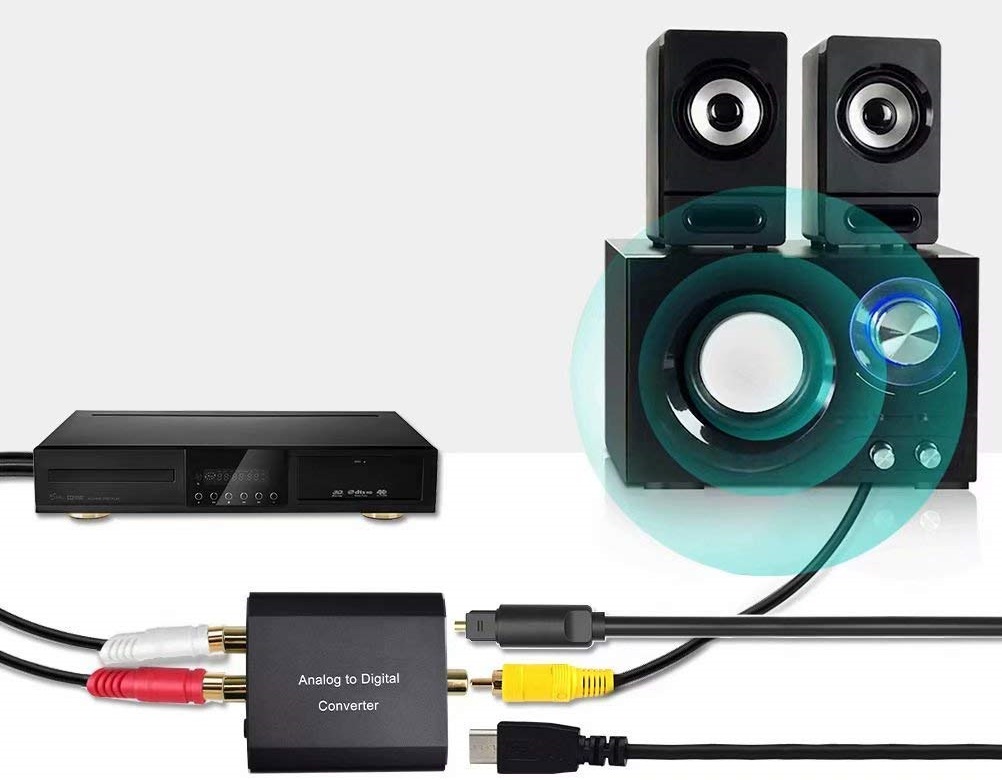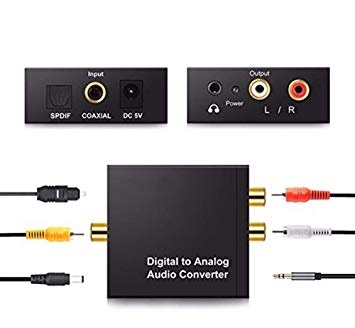What is PCM audio output?

PCM, is a digital illustration and the basic audio format for Blu-ray disc, DVDs, CDs, and all other customer digital audio items.
PCM audio output works with any digital audio source and processor utilizing digital coaxial, fiber optic, and HDMI cables to bring the signals.
Quantization is the term that explains taking a big quantity of data and transforming it into a smaller sized set. Analog audio, for instance, if tape-recorded uncompressed to a CD, would use up even more space than the CD might hold.
As an outcome, the data is quantized to submit types that fit nicely onto a digital medium like a CD. Quantization is naturally “lossy” because it represents less info than the initial.
Techniques used in digital compression dispose of data people have problem hearing, particularly when masked by louder sounds happening at the same time.
PCM audio format works by doubling the maximum sample rate of the greatest analog frequency. PCM on a  CD, for instance, samples at 44.1 kilohertz, a little greater than the 20 kilohertz high frequency maximum human beings can hear.
CD, for instance, samples at 44.1 kilohertz, a little greater than the 20 kilohertz high frequency maximum human beings can hear.
The need to double the maximum digital audio PCM rate assists make up for any compression that should happen, where data is gotten rid of to have physical disc space necessities.
Without doubling this maximum frequency, quantization mistakes happen, related to cruelty and bad total PCM audio quality.
Testing rate specifies the quantity of digital samples taken of the initial analog waveform in an offered quantity of time, generally per second. Loosely equated, greater tasting rates are typically connected with greater levels of sound quality.
CDs use a PCM sample rate of 44.1 kilohertz, while greater quality formats such as Blu-ray and DVD-Audio use sample rates of 192 kilohertz. Greater sample rates more precisely show the initial analog details, making the digital PCM variation of the audio more loyal to the initial master recording.
